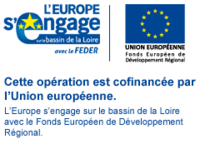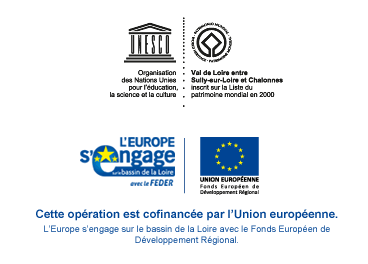The second meeting of European World Heritage Associations, held on this theme in Segovia (Spain) on 21 and 22 October 2016, brought together some 80 participants, 9 of them French, from 16 States; participants’ exchanges were based on 10 presentations of achievements in these fields.
Mickaël Poiroux, Mission Val de Loire’s Innovation and Digital Technology Mission Officer, took special note of 3 experiments that he saw as being of particular interest:
Blaenavon World Heritage Youth Ambassadors (United Kingdom)
It’s obvious enough: heritage, a fortiori an industrial cultural landscape, doesn’t interest young people (from pre-teens to young adults) all that much, and the “formal classroom method” does nothing to help. The strategy adopted here, then, is to empower young people by getting them to have influence, a say and an active role in management of the site. They come to recognise that what they do has value, as they sit on the board of the listed property.
My Porto is World Heritage (Portugal)
In order to raise awareness of the importance of Porto’s historical centre and develop a sense of belonging, the City of Porto set up an educational project for schoolchildren between 10 and 12 years old, created in collaboration with their teachers. 30 classes have taken part over 3 years, a total of between 700 and 800 children in all.
Third-place experiment in Mantua (Italy)
The city of Mantua introduced a series of regular actions in schools, from nursery to upper secondary level. It wanted to offer something new to involve young people (teenagers in particular), and local officials also wanted to find somewhere “outside the office” to raise awareness among the public. In December 2014, the City decided to carry out an experiment by opening temporary premises in a city centre shop with a window looking onto the street. After repeating the experiment several times, the City finally came up with a model for a permanent “third place”.
All 3 experiments involve young people, which is altogether in line with the aims of the World Heritage Convention. Finding new ways of committing youth in favour of heritage has become a real challenge.
Another issue raised concerned assessment of the multidimensional aspects of actions undertaken.
Other initiatives include setup of a foundation for local economic development inSardinia (Italy) and the World Heritage Day held in the Netherlands, and jointly in Germany and Switzerland.
Innovating, how do you go about it?
The experiments presented illustrate the principles behind innovation
- start small
- test rapidly with people concerned (future users, target sectors of the public, etc.)
- test out a wide range of ideas and prototype them
- know how to recognise what does not work: give yourself the right to be wrong
This 2nd meeting enabled consolidation of the European network of World Heritage Associations, initiated in Strasbourg in 2015. Further meetings are already planned for 2017.
On the web:
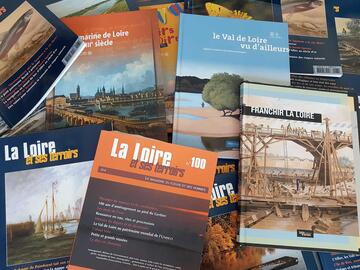
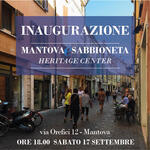
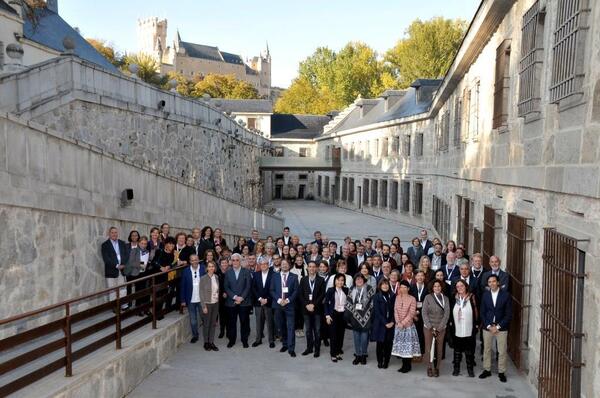
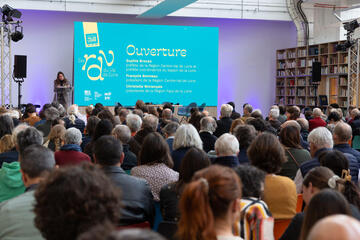


![Nouvelles Renaissance(s] 2023](/var/storage/images/val-de-loire-refonte/dossier-de-parametrage/pied-de-page/nouvelles-renaissance-s-2023/517479-13-fre-FR/Nouvelles-Renaissance-s-2023_image_largeur220.png)
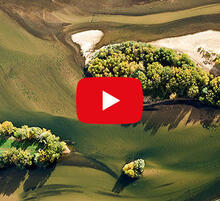

 Lettre d'information
Lettre d'information
 Facebook
Facebook
 Flickr
Flickr
 Podcloud
Podcloud
 Dailymotion
Dailymotion
 Box
Box
 Slideshare
Slideshare
 Diigo
Diigo
